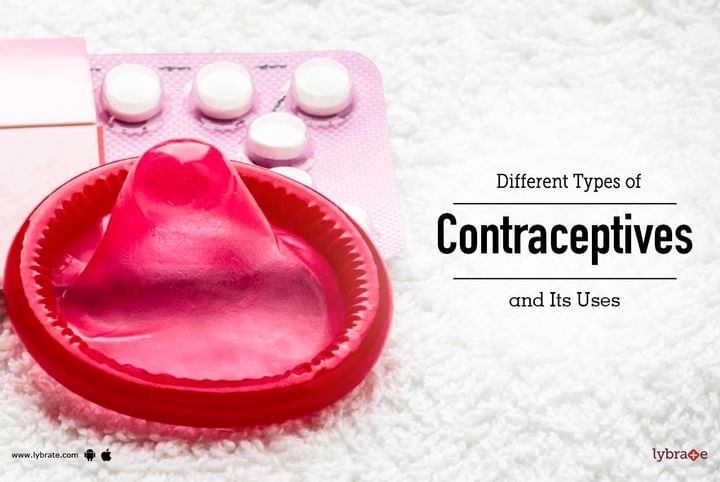Different Types of Contraceptives and Its Uses
Contraceptives are generally drugs and devices, which are used to prevent pregnancy. A large number of contraceptives are available which allow the couple to enjoy sex without running the risk of unwanted pregnancies. The general categories of contraceptives are explained below:
Barrier Methods:
- Male Condom: It is one of the most common forms of contraception. They are worn on the penis before sex is initiated. For safety purpose, a new condom should be used every time the person has sex.
- Female Condom: Much like male condoms, these are available at over-the-counter pharmacies without prescription. The condoms can be inserted to the vagina anytime within a period of 8 hours prior to sex.
- Diaphragm: This should be coated with a spermicide before sex and placed inside a woman's vagina so that the sperms are prevented from entering the uterus.
- Cervical Cap: These are used as replacements for diaphragms because some women may develop bladder infections such as cystitis while using it and these caps have lesser contact with the vagina.
Hormonal Methods:
The main implementation of hormonal changes to provide contraception is the pill. This is the most common form of female contraception available. It comes in two forms:
- Combined contraceptive pill: Contains a combination of hormones such as progestin and oestrogen.
- Mini-pill: Contains only progestin: It is available only with the prescription of the doctor and should be used as per the prescription.
Intrauterine Devices: The intrauterine device (IUD) is a long-acting and reversible form of contraception for women. It is of two types: Copper IUD (contains copper) and Hormone-releasing IUDs (progestin hormone is released into the womb slowly). It is a small device that is fitted inside the womb and it provides contraception by facilitating the prevention of fertilization of the egg.
Sterilization: This is a lifelong option that is available for both men and women. In males, the procedure is known as vasectomy which basically ties and cuts off the tubes that carry the sperm.
In women, two forms of sterilization are available; surgical and non-surgical. Surgically, the fallopian tubes are cut and tied using small cuts in the belly so that the ovaries and uterus are not linked. Non-surgically, coils are inserted into the fallopian tubes so the resultant development of scars leads to complete blockage of the tubes.
Other forms of contraceptives include contraceptive patches, vaginal rings, contraceptive injections, spermicides and contraceptive implants. If you wish to discuss about any specific problem, you can consult a sexologist.



+1.svg)
